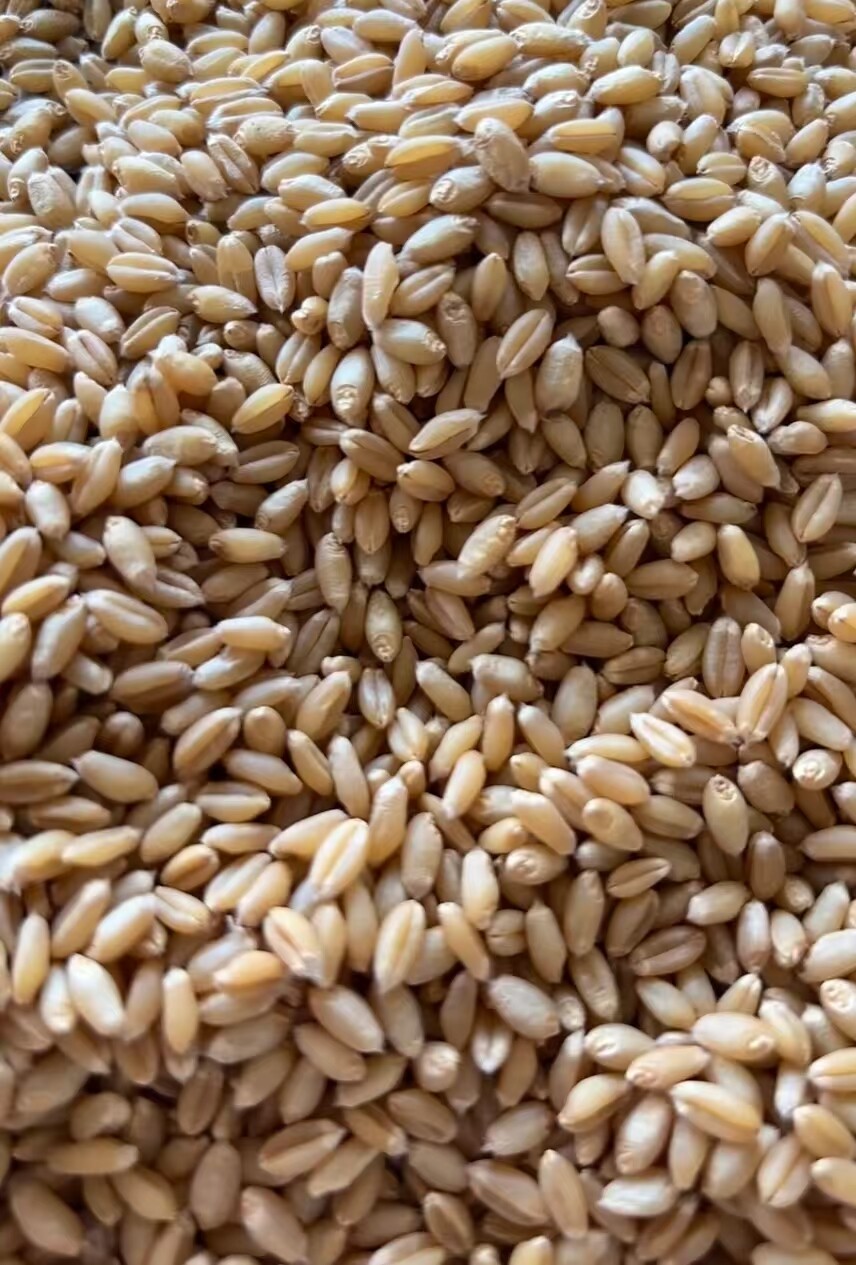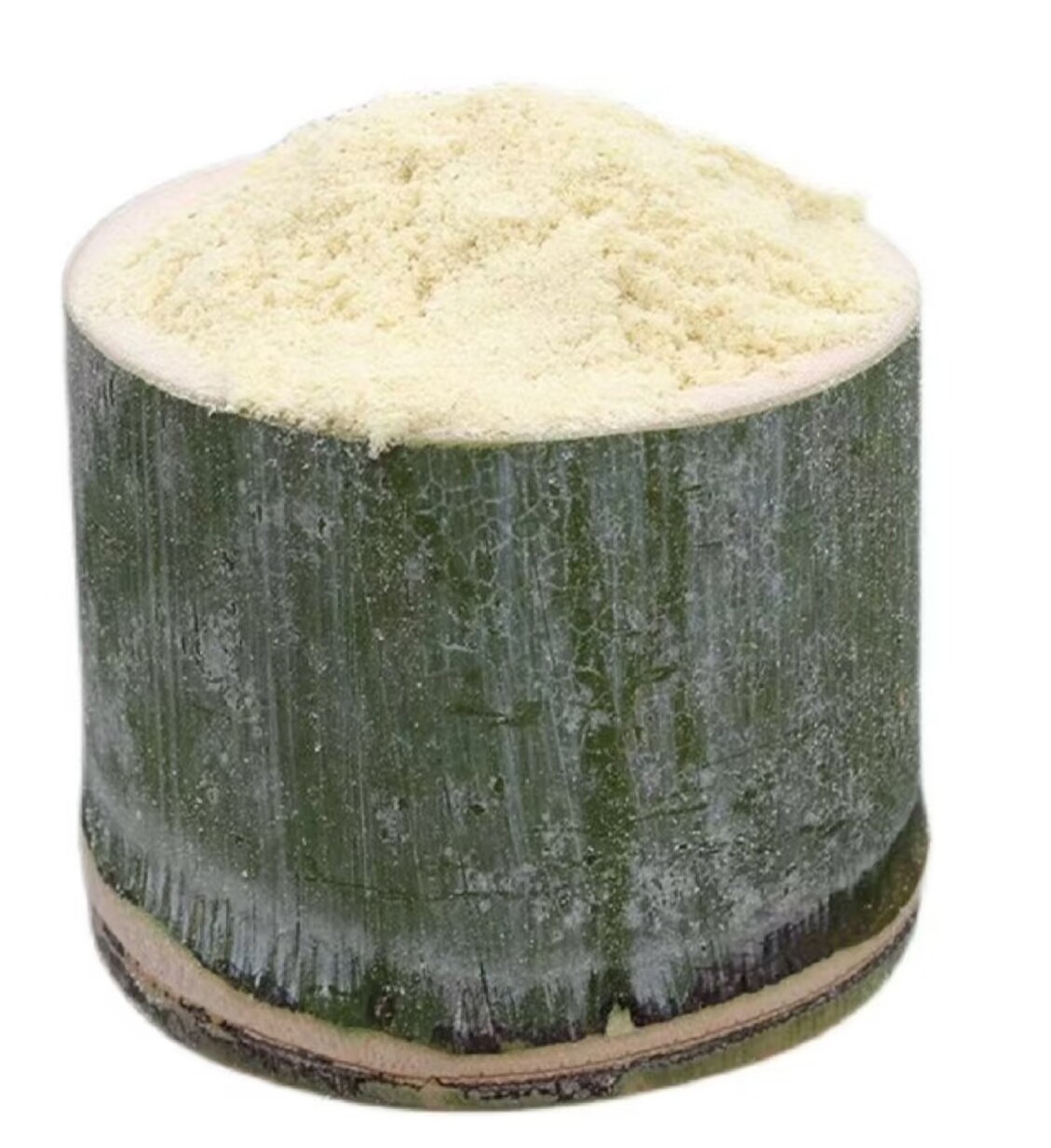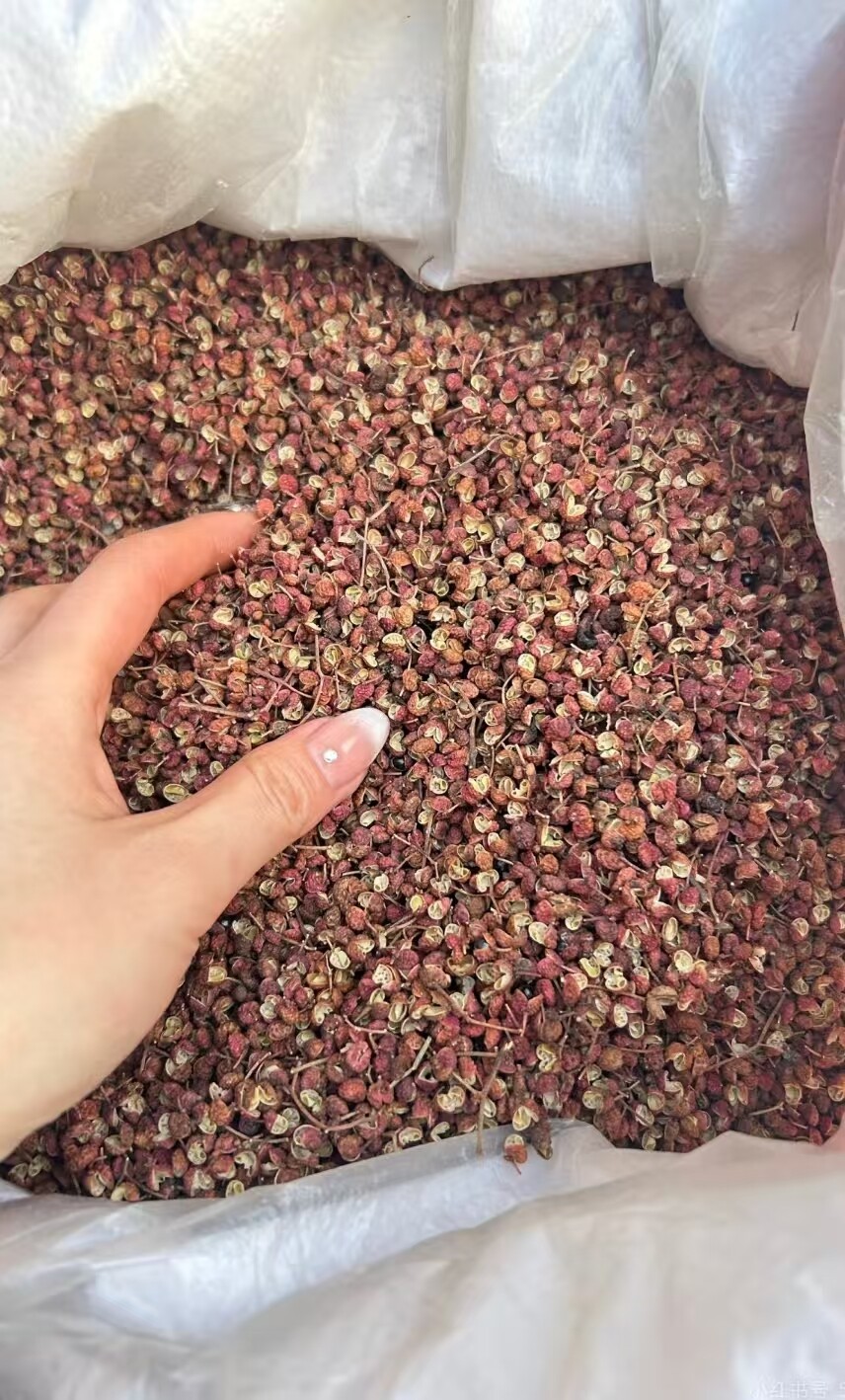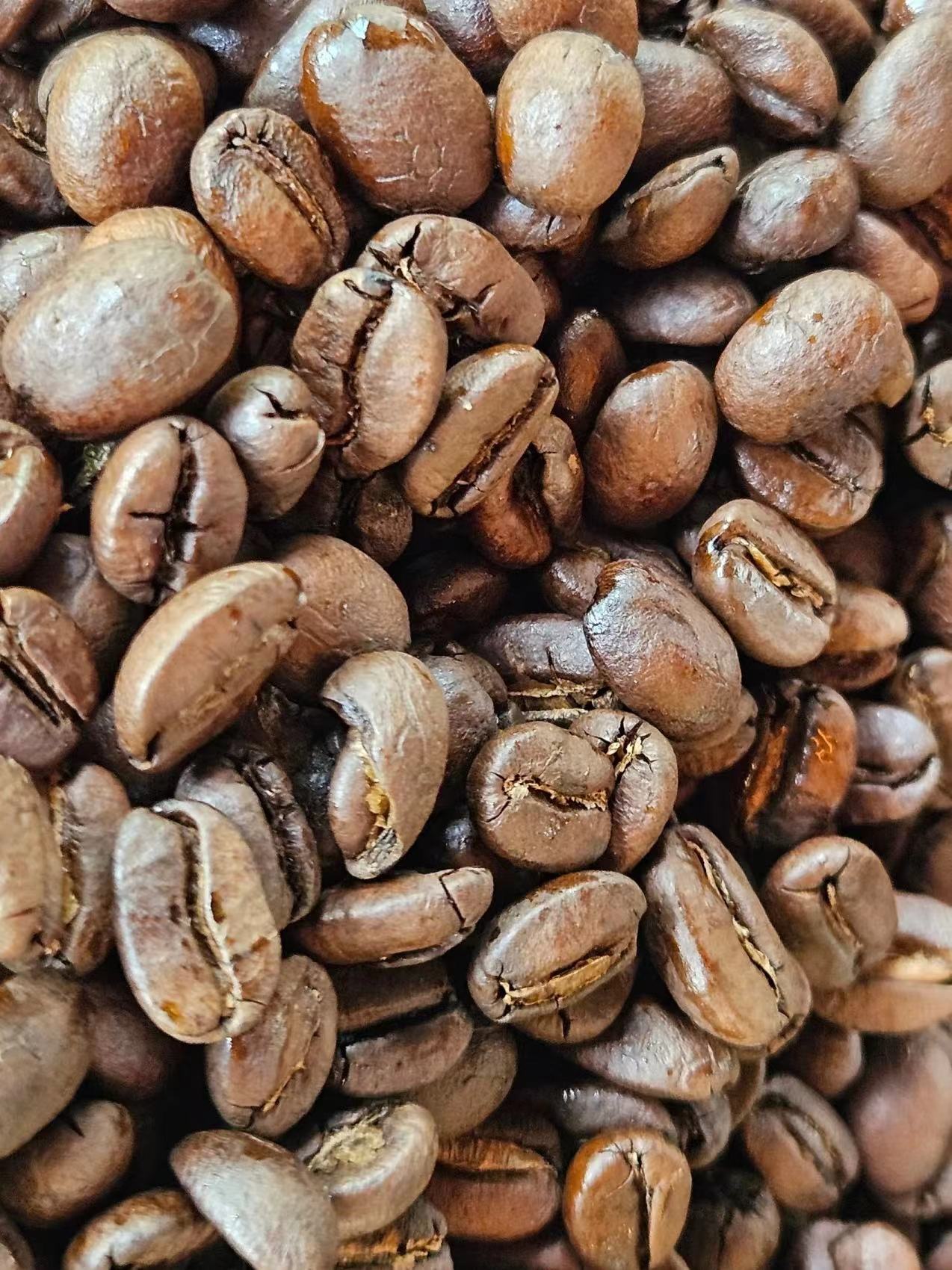In the ever-evolving field of aquaculture, the quest for optimal feed formulations has led to significant innovations in feed processing technologies. One such advancement is the use of ultrafine pulverizers techniques, which have shown promising results in improving the nutrient release and efficiency of fish and shrimp feed. This article explores the benefits of ultrafine pulverizer, focusing on its impact on nutrient efficiency and the importance of achieving optimal particle sizes for aquatic feed.
Ultrafine pulverizer is a process that reduces the particle size of feed ingredients to a level that enhances their digestibility and nutrient availability. For fish and shrimp, the size of the feed particles plays a crucial role in their ability to absorb nutrients effectively. Research indicates that smaller particle sizes can lead to increased surface area, which facilitates better interaction with digestive enzymes and improves nutrient absorption in the gastrointestinal tract. This is particularly important for species with specific dietary requirements, as it allows for a more tailored approach to feed formulation.
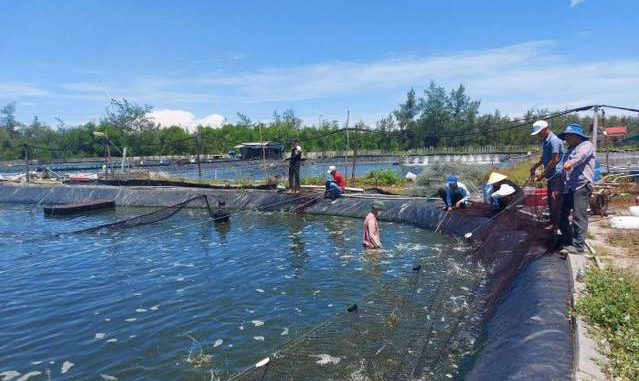
One of the key benefits of ultrafine grinding in shrimp feed is its ability to enhance nutrient efficiency. Shrimp, being highly sensitive to their dietary composition, require feeds that are not only palatable but also nutritionally balanced. By employing ultrafine pulverizer techniques, feed manufacturers can create formulations that maximize the release of essential nutrients, such as proteins, lipids, and vitamins. This not only supports optimal growth rates but also improves the overall health and resilience of shrimp populations, making them more resistant to diseases and environmental stressors.
In the context of fish feed, achieving the optimal particle size through ultrafine grinding is equally critical. Different fish species have varying feeding behaviors and digestive capabilities, which necessitate a careful consideration of particle size in feed formulations. For instance, smaller fish species may benefit from finer particles that are easier to consume and digest, while larger species may require coarser textures. By utilizing ultrafine grinding, feed producers can customize particle sizes to meet the specific needs of different fish species, thereby enhancing feed efficiency and growth performance.
Moreover, the environmental implications of ultrafine grinding in aquaculture cannot be overlooked. Improved nutrient efficiency translates to reduced feed waste, which is a significant concern in aquaculture operations. By optimizing feed formulations through ultrafine pulverizer, producers can minimize the environmental impact associated with excess nutrients entering aquatic ecosystems. This aligns with the growing emphasis on sustainable aquaculture practices, as it promotes responsible resource use and reduces the ecological footprint of fish and shrimp farming.
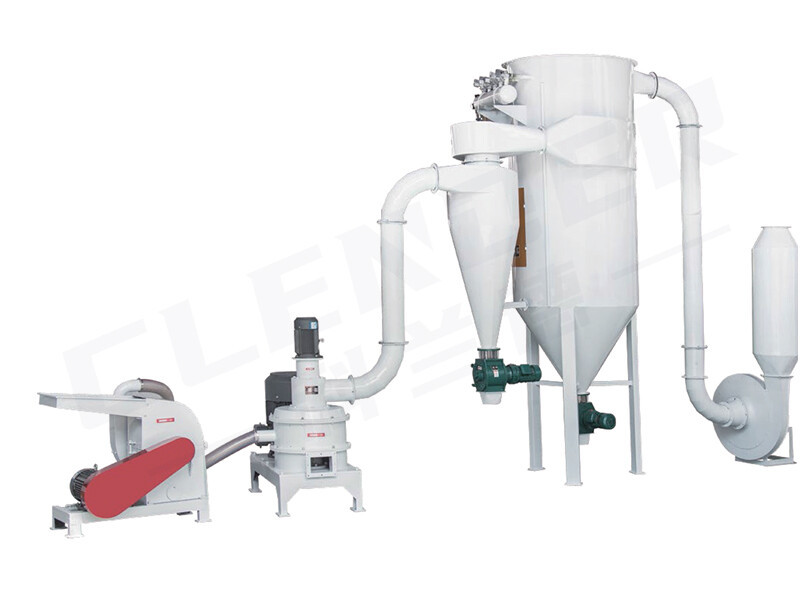
In conclusion, the integration of ultrafine pulverizer technology in the production of fish and shrimp feed represents a significant advancement in aquaculture. By focusing on optimal particle sizes and enhancing nutrient release, this innovative approach not only improves feed efficiency but also supports the health and growth of aquatic species. As the industry continues to evolve, the adoption of such technologies will be crucial in meeting the increasing global demand for seafood while promoting sustainable practices. The future of aquaculture looks promising, with ultrafine pulverizer paving the way for more efficient and environmentally friendly feed solutions.
Related Testimonials
Online Consultation

